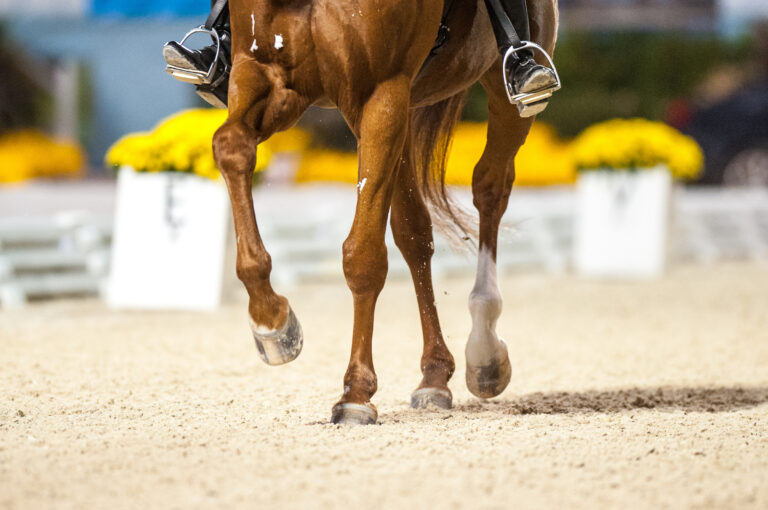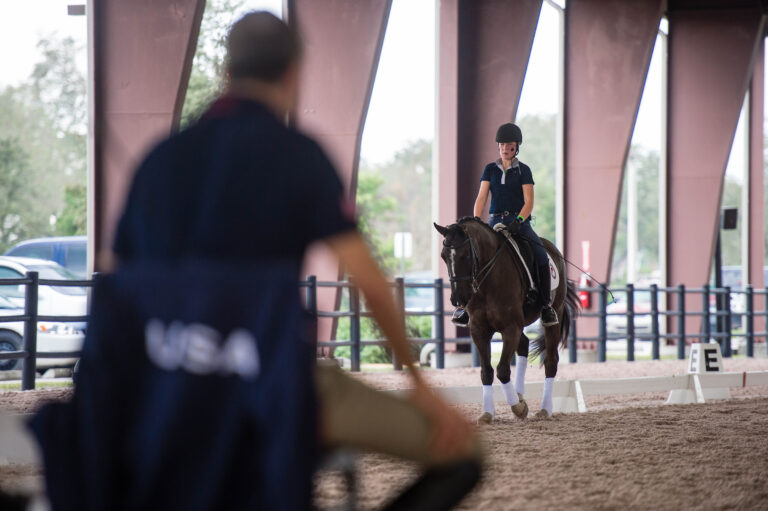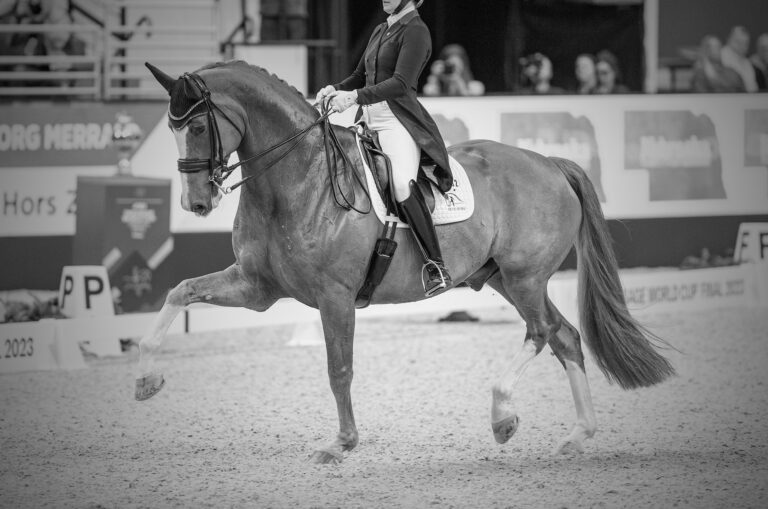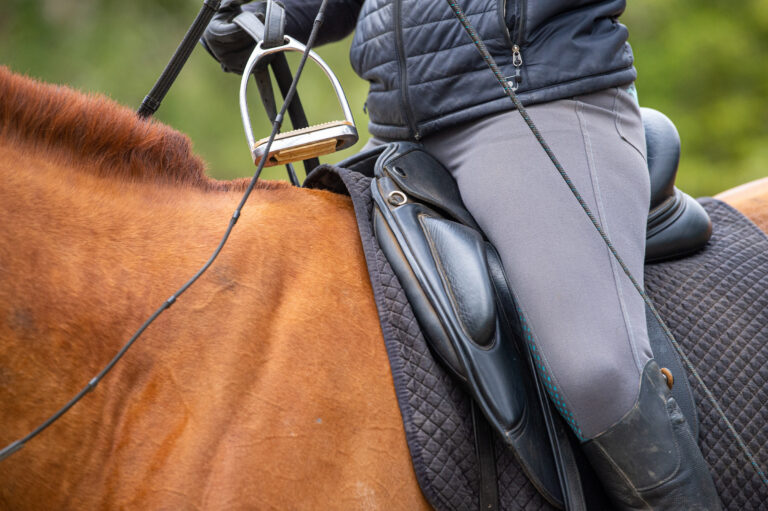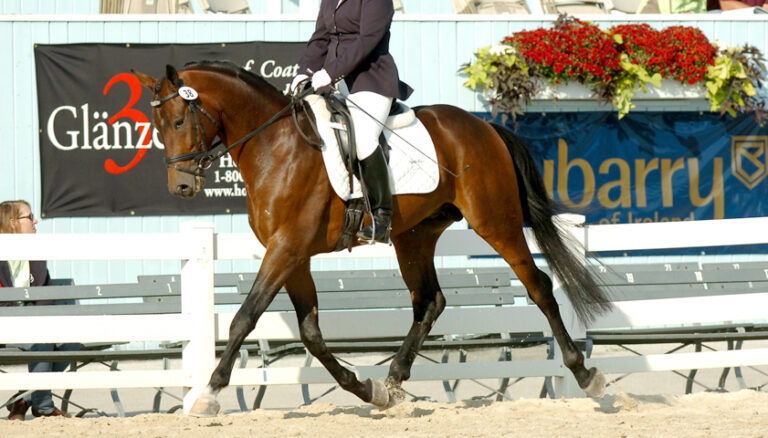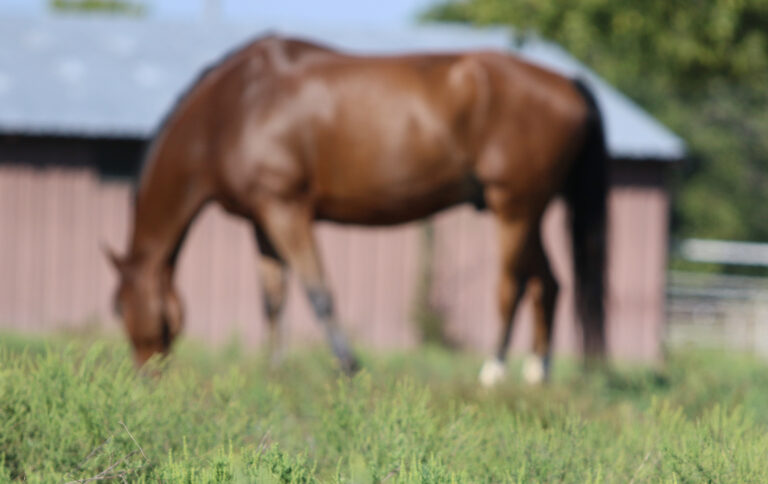When I was a teen, I got more serious about my riding and I started to look for my next partner. A fully trained horse was out of the budget, so I focused my search on young and green horses. I ended up with a yearling Hanoverian/Quarter Horse and three years later I bought a weanling Belgian Warmblood colt and then shortly after began a small breeding program and started training horses from foals. I have never owned a horse who somebody else has trained and while I do think there is a ton of value in owning or being able to ride a schoolmaster, I am grateful for my experiences training horses from babies to the FEI level.
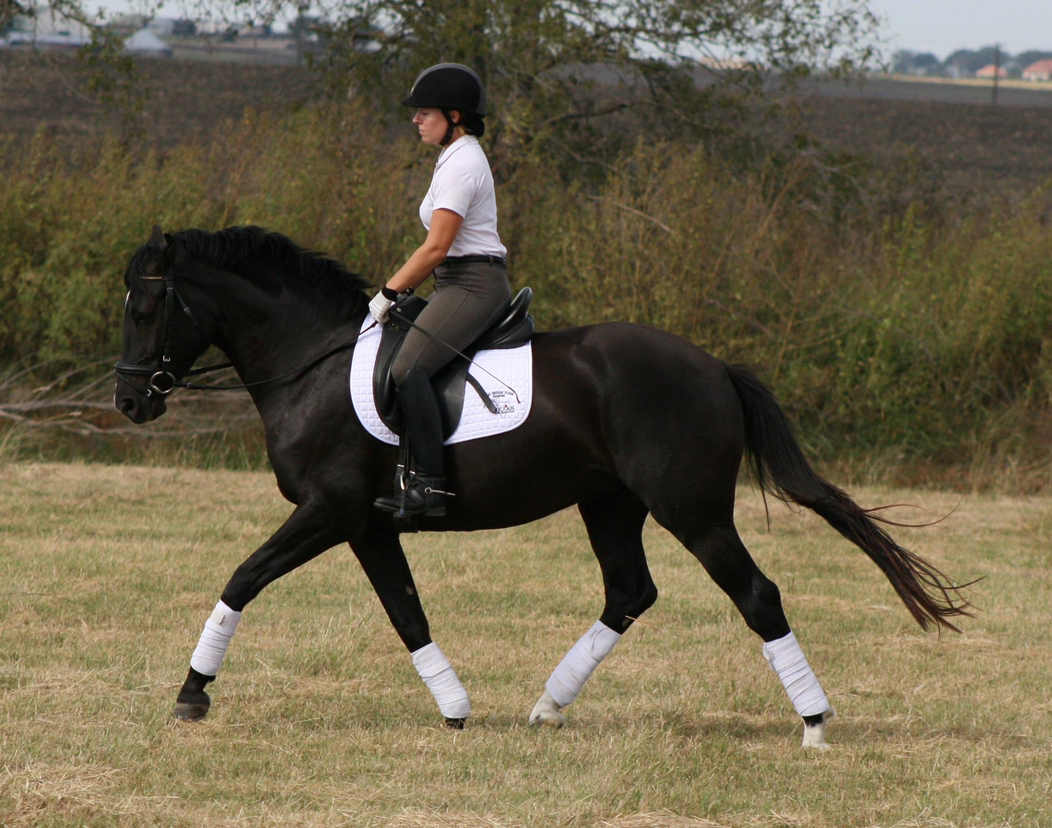
A longterm relationship with a horse whom you have trained is possibly the best education you can have. You will inevitably be forced to handle problems that may arise. You will learn from mistakes. You will find out the best way to make progress with your horse depending on his temperament and physical strengths and weaknesses. Taking the young horse all the way up the levels is a true testament to a rider. After all, the word dressage means “training.” It’s what it’s all about.
If you go the route of buying your own horse to develop, you may buy a young horse. Maybe it’s a really nice, super-moving warmblood or maybe it’s an Off-the-track-Thoroughbred or a Quarter Horse. Regardless of breed or desired discipline, the initial training of the young horse is pretty much the same.
Today I’ll share a few tips that I have learned along the way of things to prioritize when training your young horse.
1. Ride forward. I can’t stress the importance of riding forward with young horses enough. This should be the No. 1 focus when starting a horse under saddle. A forward horse is a safe horse. We can quickly run into problems with a horse who lacks forward desire. When the young horse is first started, he is put on the longeline with side reins (always err on the longer side with the side-rein length) so he understands what contact to the bit is and that he moves in proper posture. Initial mounting takes place with the horse still on the longeline. The person on the ground will then act as the rider’s aids for the first few rides, using the voice, clucking or a light touch or wave with the whip to take the place of the rider’s legs and the contact of the ground persons hand on the longe line to act on the horse’s bit. The amount of time the horse stays on the longe line will vary from horse to horse and may last sometime between a week and a month. The goal in this period is to begin to transition the horse off the ground person’s aids to the rider’s aids. When the horse is taken off of the longeline, it may be helpful to keep the ground person in the arena to facilitate a forward response.
Riding forward should be your guiding principle in this time period because everything stems from it. If the horse is not properly forward, the contact will suffer, bending will be difficult, straightness will be unattainable and throughness will be impossible. Make a point to ride a lot of transitions to test the forward response. Ride on straight lines to allow the horse to move freely forward. Young horses may struggle with the short sides of the arena or with circles in the beginning as they find their balance. Riding without turns allows the horse to find his rhythm moving forward.
Your connection with the horse’s mouth must be soft and elastic. Keep your fists closed and don’t let the contact get too static—I like to think about vibrating the bit in the horse’s mouth. This will vary from horse to horse. Some horses like a bit that is completely immobile but in my experience, most do best when there is slight vibrating to encourage chewing. It is important for the young horse to move in proper posture by encouraging the back to lift underneath the rider’s weight. Keep the neck long but round. This helps build acceptance of the contact.
My favorite kind of bit for young horses is an eggbutt snaffle. Because of the fixed rings of the eggbutt, more lateral stabalization is provided which can give the horse a secure feeling in the mouth. After a few months I will make an evaluation if I want to keep them in the eggbutt or move them to a loose ring. For horses who tend to be a bit stiff in the mouth or a horse who wants to lean on the bit too much, I will most likely move that horse to a loose ring because it allows for more freedom of the tongue and jaw to move which some horses benefit from. For a horse who tends to be too light in the contact with a tendency to curl away from the contact, the eggbut can be beneficial for its added stability. Ride forward to the contact!
The initial phase of training is about riding forward, teaching the horse about the aids and building confidence. If you lack the confidence to ride the young horse forward, it is best to find a professional to train your horse through this initial phase as you are setting the foundation for their entire career.
2. Slowly introduce bending. Once the horse is reliably moving forward, it is time to include bending lines in your work. If you feel safe and can ride your horse in a field or large arena, the horse can learn to bend on large circles. Bending will be the first step toward creating suppleness, which will improve your horse’s connection. If your horse is struggling with the connection, either by going above the bit or hiding behind the bit, it is almost always because your horse is not forward or supple enough, so in this early stage of training, forward and bending is key! Start with large circles and shallow serpentines. I will also teach turn-on-the-forehand early in the training to help the horse understand to yield from the inside leg. Shallow leg yielding comes soon after and everything progresses from there.
3. Let your horse be your guide. Each horse develops at his own pace, physically and mentally. Some horses are incredibly immature at 3 years old and may do better waiting another year before starting. Some horses are gifted and able to compete in the FEI Young Horse tests. Others will be no less able to compete at Grand Prix but need more time to develop and might be unable to do the FEI Young Horse tests. These tests are not for every horse. There are many roads to Grand Prix and many horses do better moving through the levels. Remember, horses don’t get the show calendar at the beginning of the year. They don’t plan their shows and make sure that they are ready for each level by a specific date.
In this initial phase of training, my rides will be relatively short—sometimes only 15 minutes and never more than a half an hour. It takes time to build physical fitness, strength and cardiovascular fitness. Don’t rush things. Take your time to build the foundation and let your horse dictate the timeline, but at the same time don’t be afraid to challenge him. Take calculated risks.
4. Set firm boundaries. You are setting the stage for the rest of the horse’s riding career. Bad habits and disrespectful behavior allowed in this time period will follow you around for years. Expect respectful behavior from your horse on the ground and under saddle. Horses are constantly testing herd status and boundaries and you must make sure that you are the leader in the partnership! Be fair, but be firm in setting those boundaries.
5. Find a good trainer. If you are able, find a trainer who has experience training young horses to act as a guide and a coach for you on your journey. They have most likely dealt with any problems you may have had arise with your horse and can give you the benefit of their experience. It can also be helpful to remember that sometimes training is tough. Sometimes it can take a really long time for a horse to learn a movement (like the flying changes!) or be ready for a specific level. It can be nice to be reassured that even though something feels really difficult and even impossible in the moment, it will come together as you persevere! It can also be helpful for your trainer to sit on your horse from time to time to evaluate if you are moving in the right direction.
6. Endless patience. Seriously, endless, endless patience. Training horses is not for the faint of heart. You will be made to face your insecurities. Some days you will feel great and that you have it all figured out. Other times, it will feel like you are a beginner rider who has no idea what you are doing. Sometimes we must take a step or two back before we take a leap forward and we must stay patient through the process, not only with our horse but with ourselves as well. Try focusing on the process. Take video every few weeks to see how you are progressing. By being patient and understanding, your horse will begin to trust you as his leader and develop confidence in the process.
At some point or another, many young horses will go through a juvenile delinquent stage. Some may begin to test the rider’s aids, resisting going forward or kicking out to the leg, or grabbing the bit. For some horses, this happens prior to being started under saddle, before they have a job to focus their energies on. Once those horses start their work under saddle, they find the leadership they crave. Others will, at 4 or 5, once the initial phase of training has been completed, begin to test boundaries. They are comfortable with the work and expectations and much like a teenager, they test the boundaries to see what they can get away with. This period can last a couple of weeks to a few months, depending on the horse. Keep those standards high and those boundaries firm and you will get to the other side!
Training your own young horse can be incredibly rewarding as you take that unbalanced, gangly and insecure young horse and transform him into a balanced, confident athlete!
Click here to read more articles with Jenna Arnold.
Jenna Arnold is a USDF bronze, silver and gold medalist and bronze, silver and gold Freestyle Bar recipient. She is a founder of Mindful Riding, a program dedicated to helping riders develop a more meaningful relationship with their horse and with themselves by balancing mind, body and spirit. She is the mother of two young daughters and runs Concordia Dressage with her husband, Martin Arnold, near Austin, Texas.


